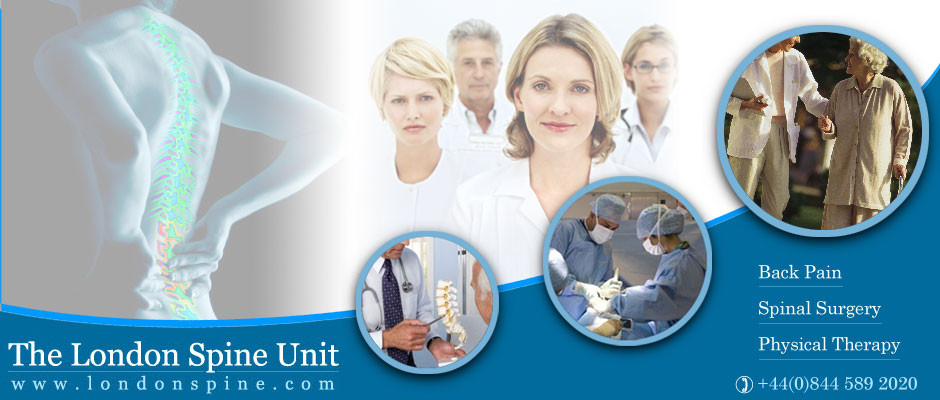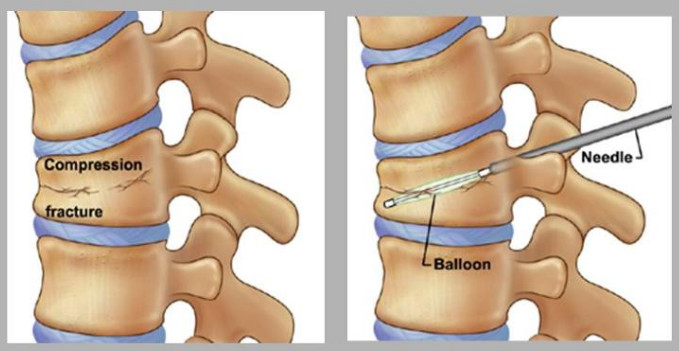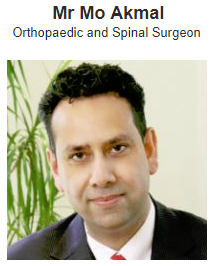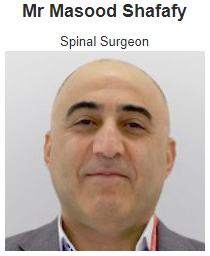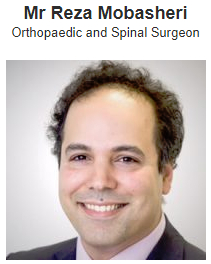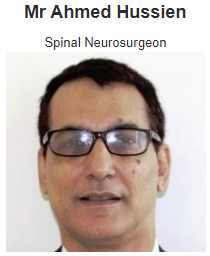Infectious spondylitis, spondylodiscitis or vertebral osteomyelitis is a rare infection that affects the vertebrae and intervertebral spaces. Classically, three clinical forms have been described: 1) hematogenous, secondary to infections of extra-spinal origin; 2) postsurgical or post-traumatic, by direct inoculation of bacteria after surgery or vertebral trauma, and 3) by contiguity, by extension to the spine of neighborhood infectious processes.
The fundamental objectives of the treatment are to eradicate the infection and maintain the mechanical function of the spine. The two essential elements are antimicrobial therapy and surgery. Currently, the vast majority of patients can be treated exclusively with antibiotics, and surgery is necessary in 10-25% of cases.
Antimicrobial treatment
Prolonged treatment of high doses by parenteral route is necessary to achieve a microbiological cure. In general, spondylodiscitis is treated with monotherapy guidelines and the combination of antimicrobials is reserved for oral maintenance phases.
The great variety of involved microorganisms and the long duration of antibiotic treatment make the etiological diagnosis essential. While awaiting the result of the cultures, an empirical guideline can be initiated, which must be active against staphylococci, streptococci and gram-negative bacilli. The most used is the combination of a semisynthetic penicillin such as cloxacillin with cefotaxime, ceftriaxone, ceftazidime or ciprofloxacin. In patients with allergy to beta-lactams or suspected infection with methicillin-resistant staphylococci, vancomycin or teicoplanin is used instead of cloxacillin. Once the microbiological diagnosis is established, the therapy is modified according to the results of identification and antibiogram. If the infection is caused by S. aureus, an intravenous cloxacillin cycle is recommended. In patients allergic to penicillin, first-generation cephalosporins can be used, such as cefazolin (if there is no severe hypersensitivity) or glycopeptides (vancomycin or teicoplanin). If the evolution is favorable, doctors at the London Spine Unit can indicate to continue with an oral regimen of quinolones, cotrimoxazole, cephalosporins or clindamycin, usually associated with rifampicin. In infections with gram-negative bacilli, a sequential pattern of third-generation cephalosporins such as cefotaxime, ceftriaxone or ceftazidime is usually used parenterally followed by oral quinolones. Given its excellent bioavailability and tolerance, oral quinolones can be used early, as an initial guideline or to replace parenteral therapy, if the bacterium causing the infection is sensitive and the patient's adherence to treatment can be assured.
Most studies and therapeutic guidelines recommend an intravenous cycle of 4-6 weeks (at least 4 weeks). In advanced cases, with extensive bone destruction or abscesses, a longer duration may be necessary. In bacteremic staphylococcal infection, a cycle of 8 weeks with adequate doses of cloxacillin (4 g / day) is recommended.
From a practical point of view, antimicrobial therapy must be maintained until a favorable clinical response is achieved, with progressive improvement of pain and mobility.
Sometimes it is necessary to use a spinal brace to help manage pain and prevent progressive spinal deformity.
Surgery
Failure of treatment with antibiotics can lead to progressive damage to the bones and discs and surgery may be necessary. Persistent infection can also cause general infection in the body and lead to damage of other organs. It can also lead to nerve and spinal cord damage. In these cases, urgent surgery may be required. It is important to make sure a careful assessment is performed and appropriate investigations including blood tests (ie cultures), XRAYs, ct scan or MRI scan is undertaken to monitor the infection.
The the London Spine Unit, our sp[ecialist spinal surgeons will carefully assess all spinal ifections and provide the best solutions for treatment.


